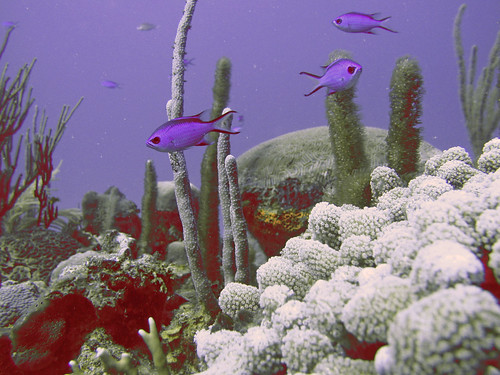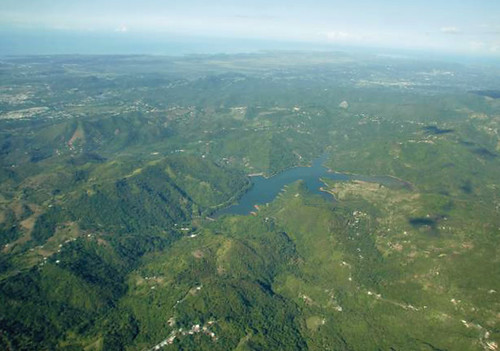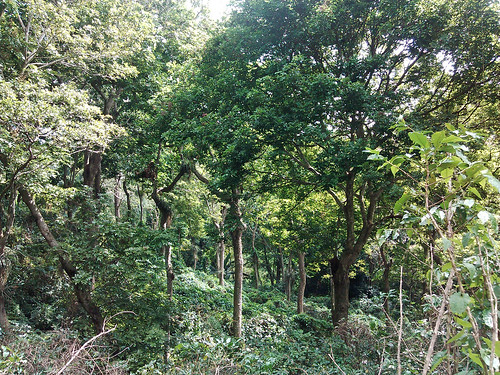
I work for USDA’s Natural Resources Conservation Service, an agency that helps farmers voluntarily implement conservation practices on their lands across the U.S.—including land on my home, Puerto Rico.
I am extremely proud of recent NRCS efforts here to help farmers, ranchers and landowners make significant strides in conserving the Guánica Bay/Rio Loco watershed. This watershed, which is about 100 miles southwest of San Juan, is one of the most diverse and complex in Puerto Rico.
The water that flows through the watershed is harnessed by dams, reservoirs and hydroelectric plants. Despite these man-made interferences, the watershed drains over 151 square miles into the bay every year.

Coral reefs are a pillar of the natural beauty of Puerto Rico and the bay is home to some of the island’s most pristine reefs. But runoff from the watershed contains sediment and other contaminants that can damage or even kill the small organisms that build the sensitive structures.
Now, to protect the coral reefs, farmers are working with NRCS to reduce runoff and improve water quality in a multi-year project to evaluate, design and install watershed restoration projects to reduce the effects of land-based sources of pollution.
One important conservation project on the island is the sun-to-shade coffee initiative. Managed by NRCS with the U.S. Fish and Wildlife Service, it focuses on promoting shade-grown coffee among farmers.
Transitioning from growing sun-grown coffee to shade-grown coffee provides many benefits.
For one, the shade in shade-grown coffee is provided by native nitrogen-fixing trees, which add nitrogen to the soil, helping reduce the need for fertilizer as well as the farmer’s costs.

Shade-grown coffee helps reduce sedimentation and storm water runoff because the trees help keep the soil in place and, in turn, more water can soak into the soil, recharging the island’s aquifers. The shade and fallen leaves also reduce the need for pesticides, since both help suppress weeds and fungi.
All of these outcomes help protect the water quality of Puerto Rico’s streams and lakes, as well as where they ultimately drain—the bay, home of the corals.
There are additional benefits to shade-grown coffee. The trees provide valuable wildlife habitat and coffee grown in shade has higher yields plus farmers don’t need to apply as much water because the soil retains more water.
Over 32,000 trees have been delivered to coffee farmers throughout the watershed since 2007, when NRCS and FWS began partnering on this project. Over 750 acres have already been converted to shade-grown coffee. NRCS has invested over $2.5 million on conservation in the watershed since 2009.
Follow NRCS on Twitter.
Check out other conservation-related stories on the USDA blog.


